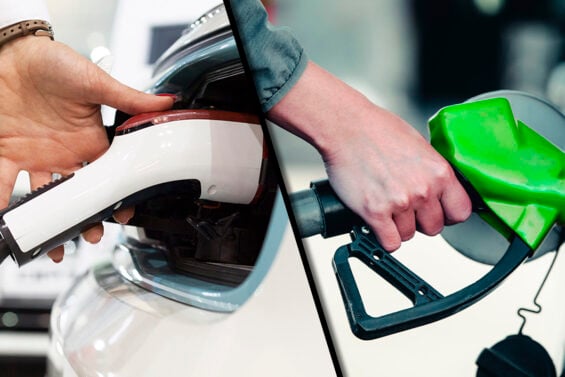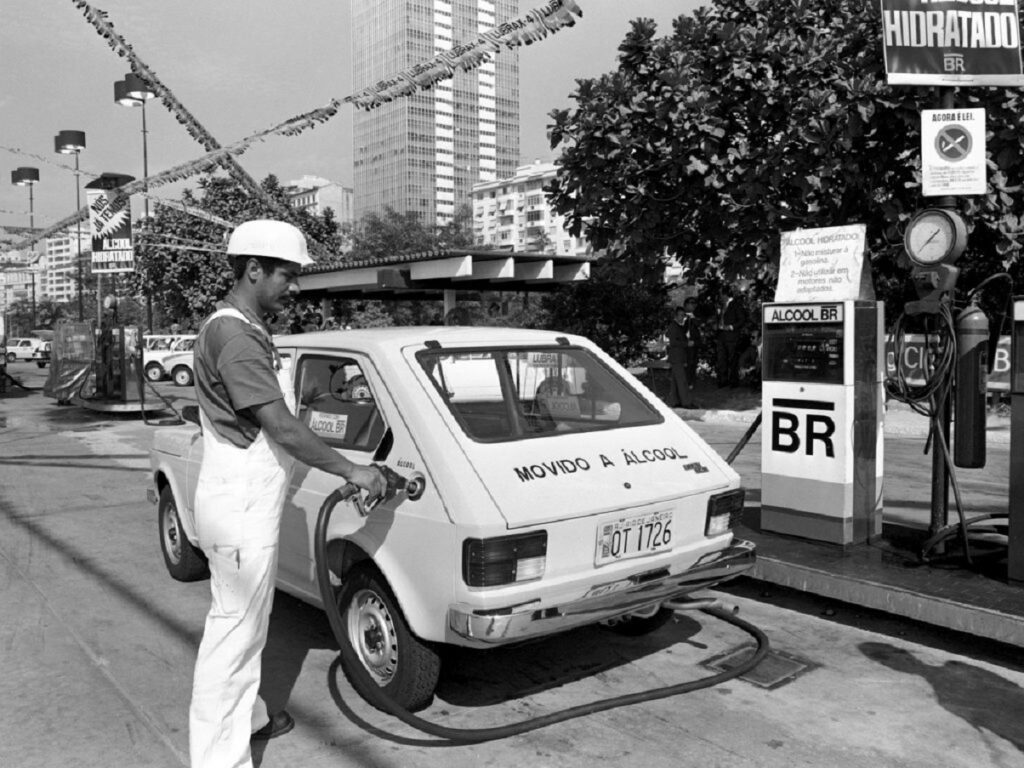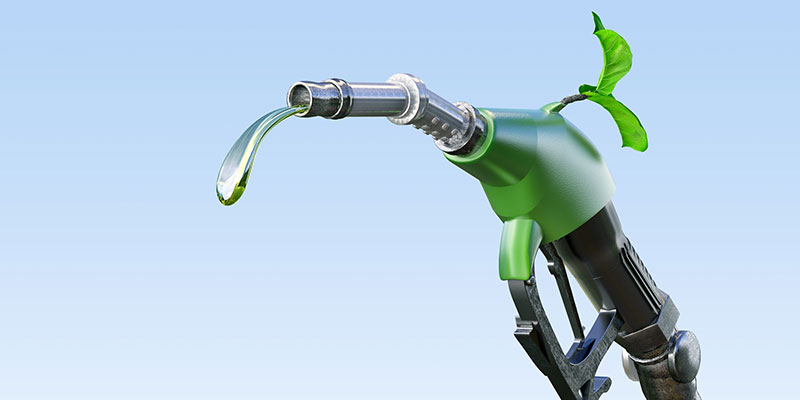Sustainable Mobility: Brazilian Ethanol Cleaner Than European Electricity

Brazil’s long-standing use of sugarcane ethanol can be a quick solution for green mobility. Brazilian ethanol outperforms electric vehicles, making it a greener and better fuel to fight climate change in Europe.
It is widely known that Brazilian sugarcane ethanol is a biofuel much less polluting than corn ethanol and fossil fuels. But discovering that it is less polluting than electric cars is quite a discovery.
This is the conclusion of a study carried out by Stellantis, the company that brings together the Fiat, Jeep, Peugeot and Citroën brands.
![plantacao-de-cana-de-acucar-plantio-colheita-e-gestao[1] plantacao de cana de acucar plantio colheita e gestao1](https://klimata.org/wp-content/uploads/2023/05/plantacao-de-cana-de-acucar-plantio-colheita-e-gestao1.jpg)
Brazilian use of ethanol:
Brazil is an example of a country that has used ethanol as the predominant fuel for automobiles. Their experience with ethanol is distinct, as it has had periods where ethanol accounted for a significant portion of its transportation fuel consumption.
The Brazilian government, actively promoted the use of ethanol as a standalone fuel, particularly during the 1970s oil crisis and subsequent years with the National Alcohol Program – Proálcool – becoming the first user of ethanol as primary fuel on a wide scale.
Now that we face a dangerous global crisis, Brazilian ethanol emerges as a significant player in combating the climate crisis challenge, offering a potential mid-term solution based on renewable sources.

What was done in the research?
Stellantis simulated, in a dynamic test, the CO2 (carbon dioxide) emission of a vehicle when fueled with four different sources of energy: ethanol (E100), gasoline (E27), electricity generated in Brazil and electricity generated in Europe. The vehicle traveled 240.49 kilometers in each situation, using methodology and connectivity technology developed by Bosch.
The objective of the research was to compare CO2 emissions not only from vehicle propulsion, but from the entire cycle of generation and consumption of the energy used. This concept is called “well-to-wheel”, in the case of fossil fuels, or “from field to wheel”, in the case of biofuels.

What were the results?
The survey results showed that Brazilian ethanol was the second fuel that least emitted CO2 on the route, with 25.79 kg of CO2eq (carbon equivalent). First place went to electricity generated in Brazil, with 21.45 kg of CO2eq. In third place was electricity generated in Europe, with 30.41 kg of CO2eq. And in last place was gasoline, with 60.64 kg of CO2eq.
This means that Brazilian ethanol emits less CO2 than electric vehicles fueled by the European energy matrix, which is mainly composed of non-renewable sources such as coal, natural gas and nuclear energy. In addition, Brazilian ethanol reduces the carbon footprint by more than 60% compared to gasoline.

Why is it important?
The survey results prove the comparative advantages of the Brazilian energy matrix, which is cleaner and more renewable than the European one. In addition, they show the importance of biofuels for more sustainable mobility, since ethanol is produced from sugarcane, a crop that absorbs CO2 during its growth.
The president of Stellantis for South America, Antonio Filosa, stated that the results of the study will guide the company’s decisions on the development of solutions for hybrid cars in Brazil. According to him, ethanol can be an ally of electric vehicles to reduce greenhouse gas emissions and contribute to the fight against climate change.

With information from Olhar Digital.



